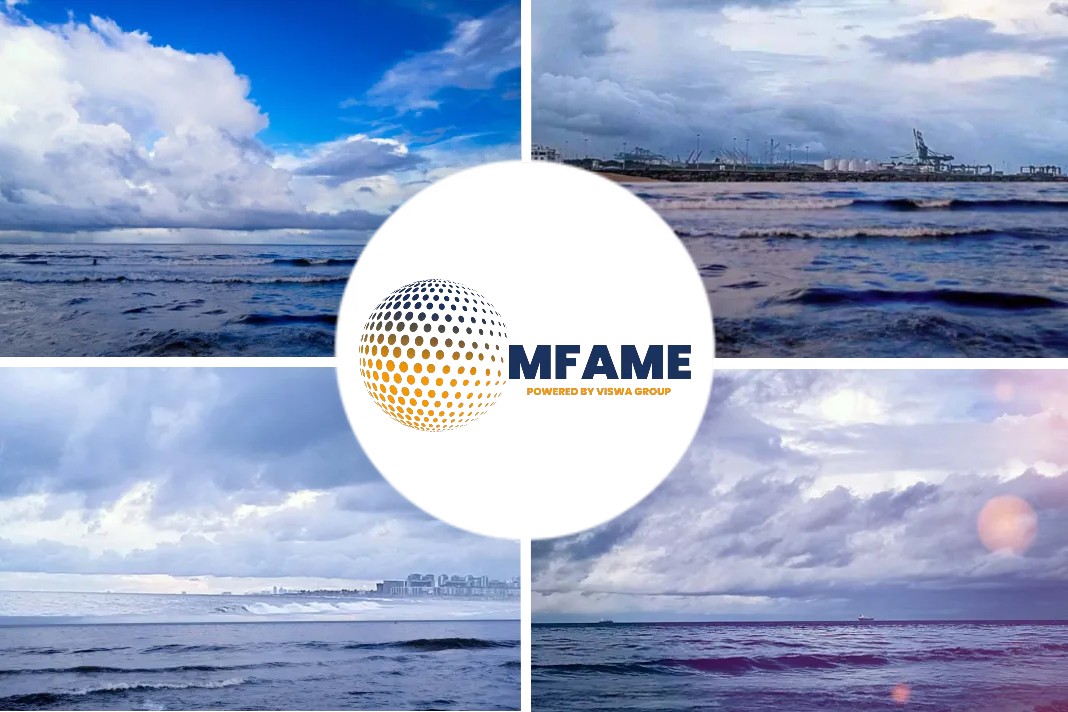Tourists from all over the world are flocking to Ilulissat on the west coast of Greenland to see the world renowned glaciers and icebergs.
But the increasing numbers of tourists and the worsening effects of climate change mean the glaciers may not be around to watch for much longer.
Authorities are already considering ways to control crowds to protect the fragile environment, as some of the area’s sites are starting to disappear.
“It’s a dream destination,” said Yves Gleyze, a French tourist in his sixties, as he arrived at Ilulissat airport.
Visitors to the third-biggest town in the Danish autonomous territory are met by a rugged landscape of minimal vegetation and grey rock – but just a short drive away, there are mesmerizing views of massive icebergs.
Breaking off from the Ilulissat glacier in the neighboring fjord, the towering blocks of ice drift slowly by in Disko bay, as the occasional whale surfaces nearby.
Balancing tourism and conservation
These one-of-a-kind views brought 50,000 tourists to Greenland’s shores in 2021, more than 10 times the town’s population.
More than half make only a short stop while on Arctic cruises.
Numbers are expected to grow with the opening of an international airport in the next two years, a welcome boost to the island’s revenues.
However, the question is how long will these majestic glaciers be around considering the island’s delicate ecosystem is melting, and quickly.
The Arctic has warmed nearly four times faster than the rest of the planet in the past 40 years, according to a recent study.
“We can see changes every day caused by climate change: the icebergs are getting smaller, the glacier is retreating,” said mayor Palle Jeremiassen.
Thawing permafrost is also threatening the stability of some buildings and infrastructure.
“We want to control the arrival of tourist ships here,” said Jeremiassen, noting the risks posed by the highly-polluting vessels.
To protect the environment and community, Ilulissat should only welcome “one ship max per day, max one thousand tourists per ship,” he said.
Jeremiassen said the town’s infrastructure is not designed to accommodate the growing number of tourists, nor can it ensure that tourists take care of the protected areas they are visiting.
Changing conditions
In the past two decades, Greenland’s massive ice cap has lost 4.7 trillion tonnes of ice, leading to a sea level rise of 1.2 centimeters on its own, according to Danish Arctic researchers.
“The ice conditions are changing. The main fjord used to be closed off by huge icebergs and sea ice and the fishermen were not able to sail in before,” said Sascha Schiott, a researcher at the Greenland Institute of Natural Resources.
But now they can, and boats are able to head out fishing year-round. That has increased hauls, but the size of the fish they catch has decreased, largely due to overfishing, says Schiott.
Ejner Inusgtuk, a fisherman preparing his lines in the port, disagrees that it’s the industries fault. For him, the problem is the same as it is for the glaciers: “The climate is too warm.”
The delicate balance of life and economy in this dramatic outpost will continue to be a source of worry and discontent for locals.
Did you subscribe to our daily newsletter?
It’s Free! Click here to Subscribe!
Source: CGTN























